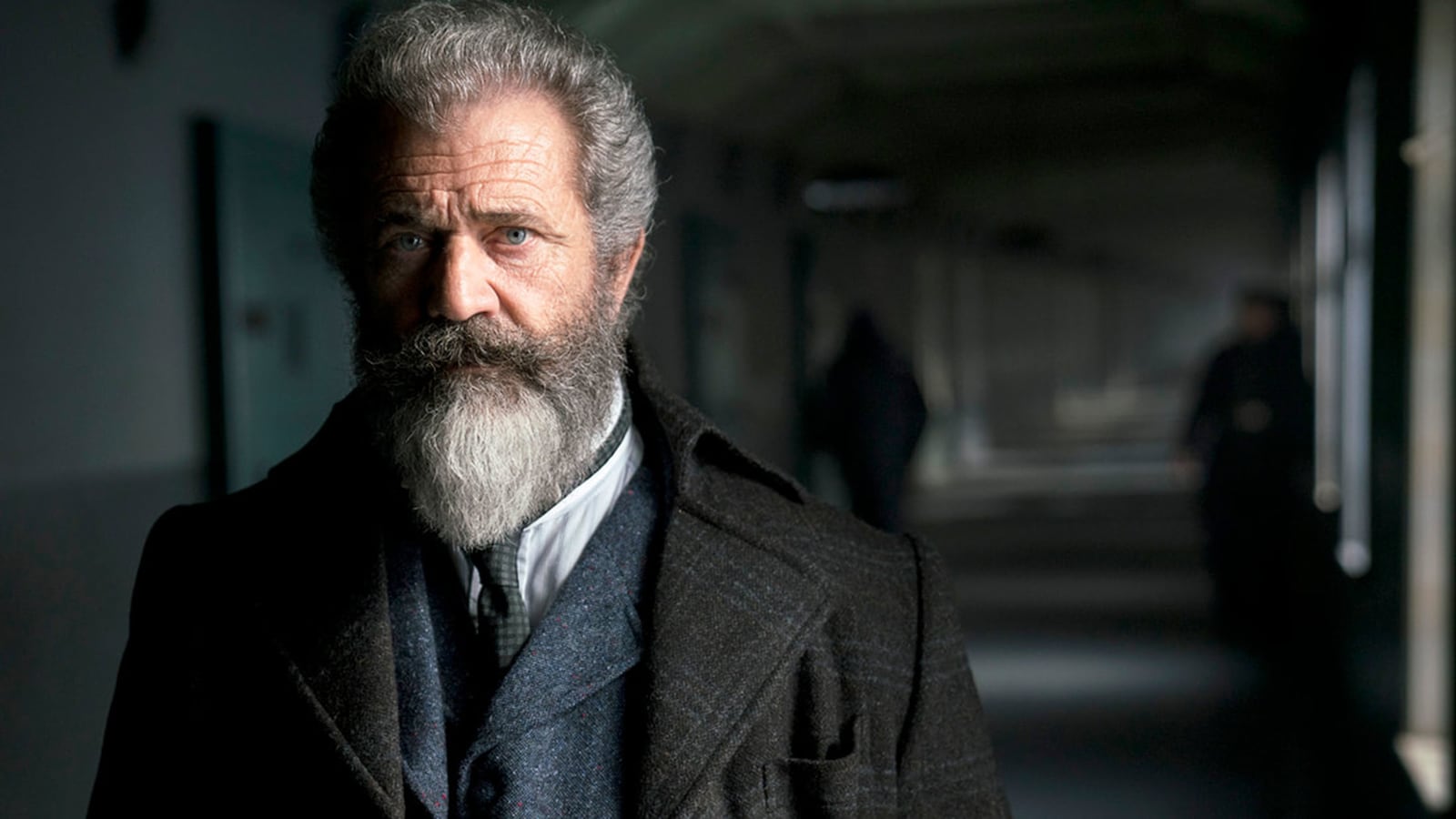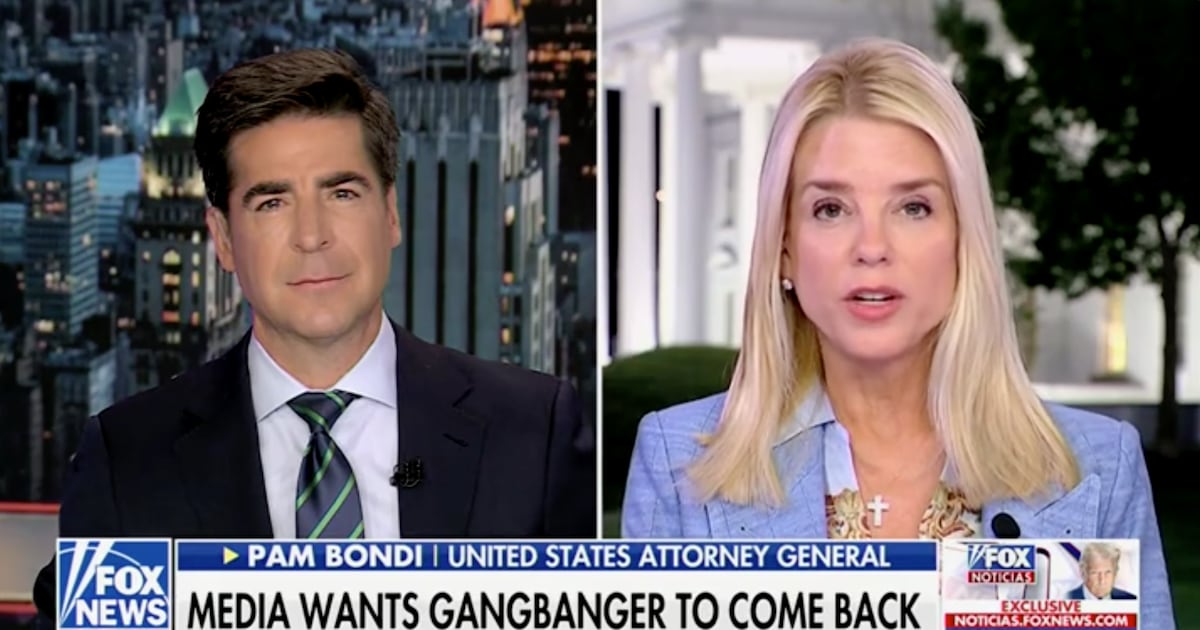Mel Gibson doesn’t want you to see The Professor and the Madman. And for the first time in forever, you should heed his words.
Arriving in select theaters and on VOD on March 10, the controversy-plagued actor’s latest has been embroiled in legal disputes for the better part of the past two years, stemming from Gibson and filmmaker Farhad Safinia’s desire to squash its theatrical release.
The reason for their efforts are rooted in a production dispute in which Gibson and Safinia lobbied to shoot additional scenes in Oxford, England, rather than at Trinity College in Dublin. When their request was denied (due to cost and runtime concerns), they quit, and subsequently sued Voltage Pictures for breach of contract, hoping to bury the film. Gibson and his company Icon Productions lost that case in June 2018, and as a result, moviegoers finally have access to Safinia’s feature—albeit without his name attached, as the co-writer and director has chosen to be credited under the pseudonym PB Shemran.
There’s definitely on-screen evidence of that behind-the-scenes conflict in The Professor and the Madman, especially as it relates to the passage of time. Yet it’s difficult to imagine any extra material significantly enhancing this creaky historical saga, which is based on Simon Winchester’s 1998 non-fiction tome about the birth of the English dictionary. Pairing Gibson and Sean Penn as academically-minded strangers whose bond is forged through a shared love of language and enormously long gray beards, it’s a true-life tale that might have been passable if not for its habit of piling on melodramatic flourishes whenever and wherever possible.
In 1872 London, Dr. William Chester Minor (Penn) is found not guilty of murdering George Merrett (Shane Noone)—not because he didn’t do it (a flashback demonstrates his culpability), but because he’s criminally insane, having thought he was being pursued by a gentleman with a brand on his left cheek. He is, quite clearly, the madman of the film’s title. And if this bit of backstory wasn’t enough to prove it, Penn immediately embarks on a campaign of cornball theatrics. He’s a walking compendium of crazy-man ticks, outbursts and whispered proclamations, beating at the sides of his head and spitting and flailing about with unbridled lunacy. There’s no doubt that, in reality, Minor was a seriously disturbed individual (he was eventually diagnosed as a schizophrenic). Penn, however, goes so overboard that it’s hard to take seriously his character’s troubled state of mind, which is plagued by paranoid delusions about a traumatic incident he was involved in while serving as a captain and surgeon in the U.S. Army.
On the other side of the dramatic divide is James Murray (Gibson), who despite lacking a college degree is hired, on the basis of his tremendous knowledge, to compile the first Oxford English Dictionary. This requires a geographic relocation that upsets his wife Ada (Jennifer Ehle), and even with the aid of assistants, it proves an immense task that drives Murray to enlist the help of everyday Englishmen. Murray is, in case you didn’t realize it by now, the professor referenced in The Professor and the Madman’s title. And his progress—threatened by one-dimensionally evil publishers who care solely about profit—only becomes smoother once he begins receiving correspondences from Minor, whose literary wisdom is deep, and whose research turn out to be fruitful for both, given that it also lets Minor get a (temporary) grip on his frayed wits.
There’s nothing subtle about The Professor and the Madman’s storytelling, which has characters—including Murray backer Frederick James Furnivall (Steve Coogan), and Minor’s doctor Richard Brayne (Stephen Dillane)—state everything in upfront terms. Marked by swirling camera movements and weighty zooms into close-up, Safinia’s direction is similarly prone to heavy-handedness, as is a score that amplifies every scene’s mawkishness. That’s most acutely felt whenever Minor is visited by Eliza Merrett (Natalie Dormer), the widow of his victim, whom he financially supports as an act of penance, and soon teaches to read. They then fall in love, in one of the film’s many unconvincing moments, thereby affording Dormer a few overacting opportunities of her own.
“We are about to embark on the greatest adventure our language has ever known,” states Murray at the outset, but The Professor and the Madman is too disjointed to elicit any thrills. For his part, Gibson underplays Murray in an attempt to convey the man’s dogged intellectual spirit, and it’s not his fault that the script fails to give him much to work with; in a performance that’s controlled and intermittently expressive, he does what he can to suggest Murray’s inner life.
That said, Gibson can’t resist returning to his usual martyrdom-loving ways, notably during a conversation between Murray and Furnivall. In that passage, Murray declares that his goal is “to offer the world a book that gives meaning to everything in God’s creation. At least, the English part of it. But it’s defeated me, and now I’ve paid for it with everything.”
When Furnivall responds by pointing out that another book has already done that (namely, wink wink, the Bible!), the film, already embellished with intermittent comments about Christian faith, reveals itself to be yet another Gibson passion project in which he fashions himself a Christ-like figure—a notion that feels almost as shoehorned-in as the unconvincing affair between Minor and Merrett.
Regardless of its characters’ fates, The Professor and the Madman isn’t redeemed by climactic speeches and stirring orchestral swells. For that matter, it doesn’t even gracefully arrive at its climax, leaping forward in time with such haphazardness that it’s often striking to discover that, via a few transitional cuts, characters have aged years. Amplifying that confusion is the fact that only some of its players seem older—a shortcoming, one can assume, at least partly due to its problematic post-production.
Trying to pin the blame for The Professor and the Madman’s dull clumsiness on its headline-making disputes, however, seems like an easy way to forgive it for its more fundamental failings, most of which arise from its inability to conjure the slippery nature and history, and profound beauty, of the English language. In its place, we’re left with much grandiose affectation, signifying little.







